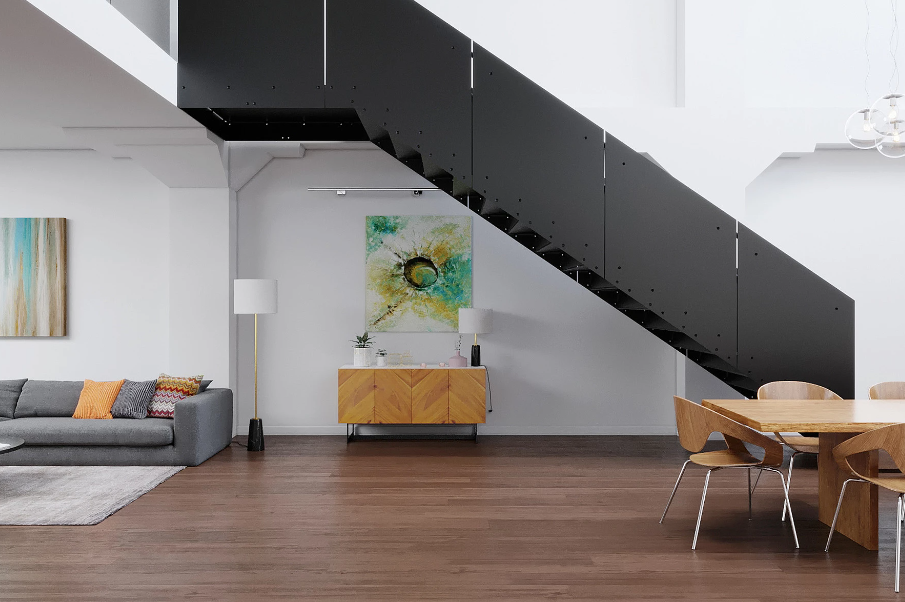When it comes to selecting materials for areas experiencing a high volume of foot traffic, the choices made can significantly affect the safety and durability of the infrastructure. Among the most reliable solutions are steel treads, which offer superior strength and longevity. This blog post delves into why steel treads are an invaluable choice for enhancing safety and maintaining integrity in spaces that are prone to extensive use.
Setup for Safety
Steel treads are renowned for their robustness and ability to withstand severe conditions. Designed to resist wear and tear, they are optimal for use in industrial environments, subway stations, and outdoor staircases. But what precisely makes steel treads an ideal choice for such applications?
- Slip Resistance: Steel treads come with various finishes, including textured patterns that enhance grip. This reduces the risk of slips and falls, a critical feature in maintaining safety in high-traffic zones.
- Durability Under Stress: Steel is inherently strong, allowing these treads to support heavy loads and withstand constant use without deforming.
- Weather Resistance: Treated steel can resist water and chemical corrosion, making it suitable for both indoor and outdoor applications.
Several studies underscore the effectiveness of steel treads. For instance, a survey conducted in industrial facilities showed a decrease in slip-related incidents by over 30% following the installation of steel treads with anti-slip surfaces. Moreover, lifespan analyses indicate that steel stair treads can last up to three times longer than alternatives such as wood or composite materials, significantly reducing replacement frequency and maintenance costs.
Cost-Effectiveness
Investing in steel treads may seem substantial initially, but the long-term savings are undeniable. The durability of steel reduces the need for frequent replacements. Maintenance involves routine inspections and occasional treatments for rust prevention, which are relatively low in cost compared to the potential financial burden of accident lawsuits or more frequent repairs associated with less durable materials.
Considering both safety and economic factors, steel treads stand out as a practical choice for high-traffic areas. Their resilience ensures functionality and aesthetic appeal remain intact, despite rigorous daily demands. For architects, property managers, and safety professionals, opting for steel treads is a decision that pays dividends in safety, durability, and overall satisfaction.
Whether upgrading existing structures or designing new spaces, incorporating steel treads into your plans can lead to a safer, more durable environment capable of withstanding the challenges of high traffic and environmental exposures.

